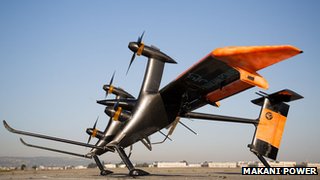While there are big problems with algae farming such as salt deposits, scalability issues, contamination of cultures, etc. it's very exciting to hear about the progress in the field.
From the article:
While a few other groups have tested similar processes to create biofuel from wet algae, most of that work is done one batch at a time. The PNNL system runs continuously, processing about 1.5 liters of algae slurry in the research reactor per hour. While that doesn't seem like much, it's much closer to the type of continuous system required for large-scale commercial production.
The PNNL system also eliminates another step required in today's most common algae-processing method: the need for complex processing with solvents like hexane to extract the energy-rich oils from the rest of the algae. Instead, the PNNL team works with the whole algae, subjecting it to very hot water under high pressure to tear apart the substance, converting most of the biomass into liquid and gas fuels.
The system runs at around 350 degrees Celsius (662 degrees Fahrenheit) at a pressure of around 3,000 PSI, combining processes known as hydrothermal liquefaction and catalytic hydrothermal gasification. Elliott says such a high-pressure system is not easy or cheap to build, which is one drawback to the technology, though the cost savings on the back end more than makes up for the investment.
"It's a bit like using a pressure cooker, only the pressures and temperatures we use are much higher," said Elliott. "In a sense, we are duplicating the process in the Earth that converted algae into oil over the course of millions of years. We're just doing it much, much faster."
The products of the process are:
- Crude oil, which can be converted to aviation fuel, gasoline or diesel fuel. In the team's experiments, generally more than 50 percent of the algae's carbon is converted to energy in crude oil — sometimes as much as 70 percent.
- Clean water, which can be re-used to grow more algae.
- Fuel gas, which can be burned to make electricity or cleaned to make natural gas for vehicle fuel in the form of compressed natural gas.
- Nutrients such as nitrogen, phosphorus, and potassium — the key nutrients for growing algae.
http://www.pnnl.gov/news/release.aspx?id=1029



